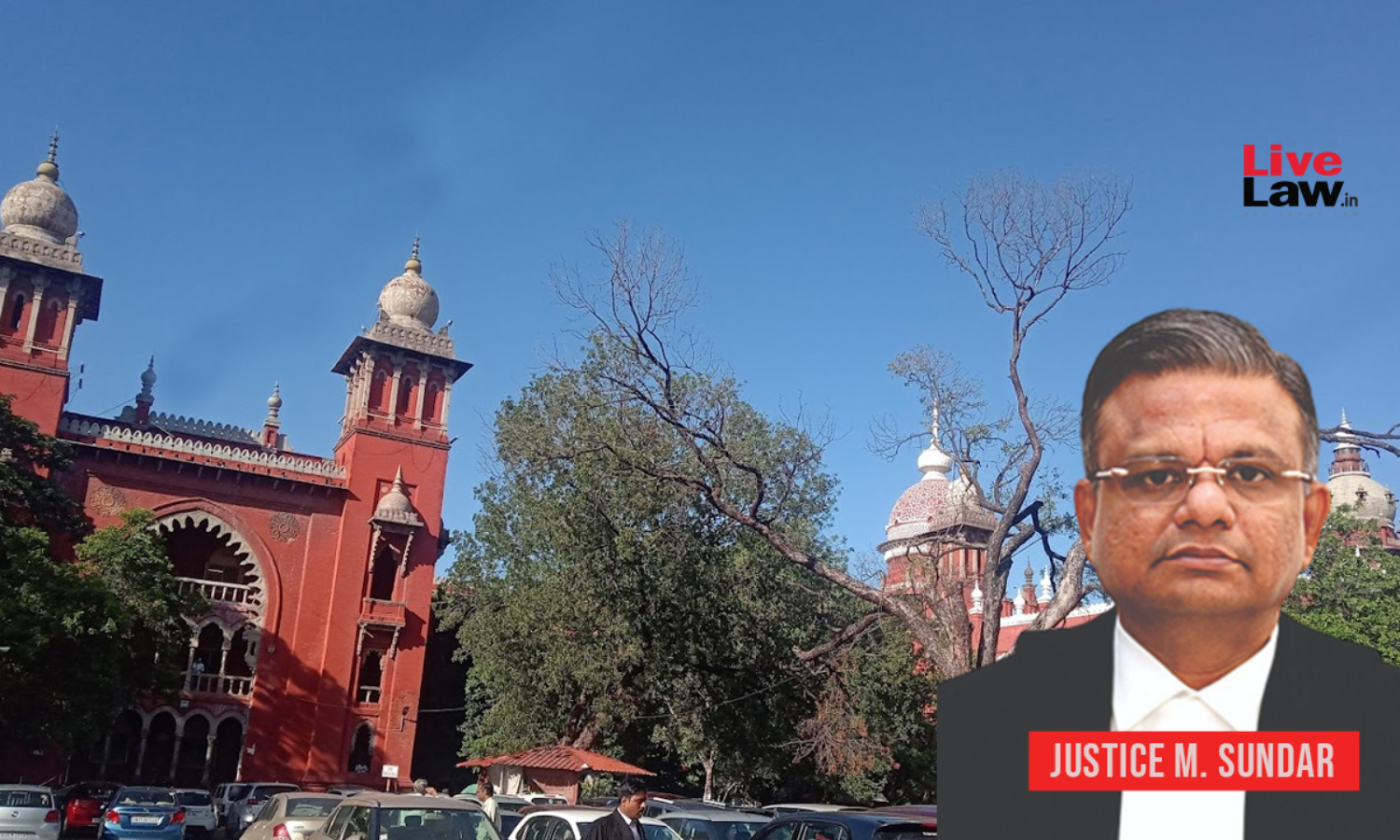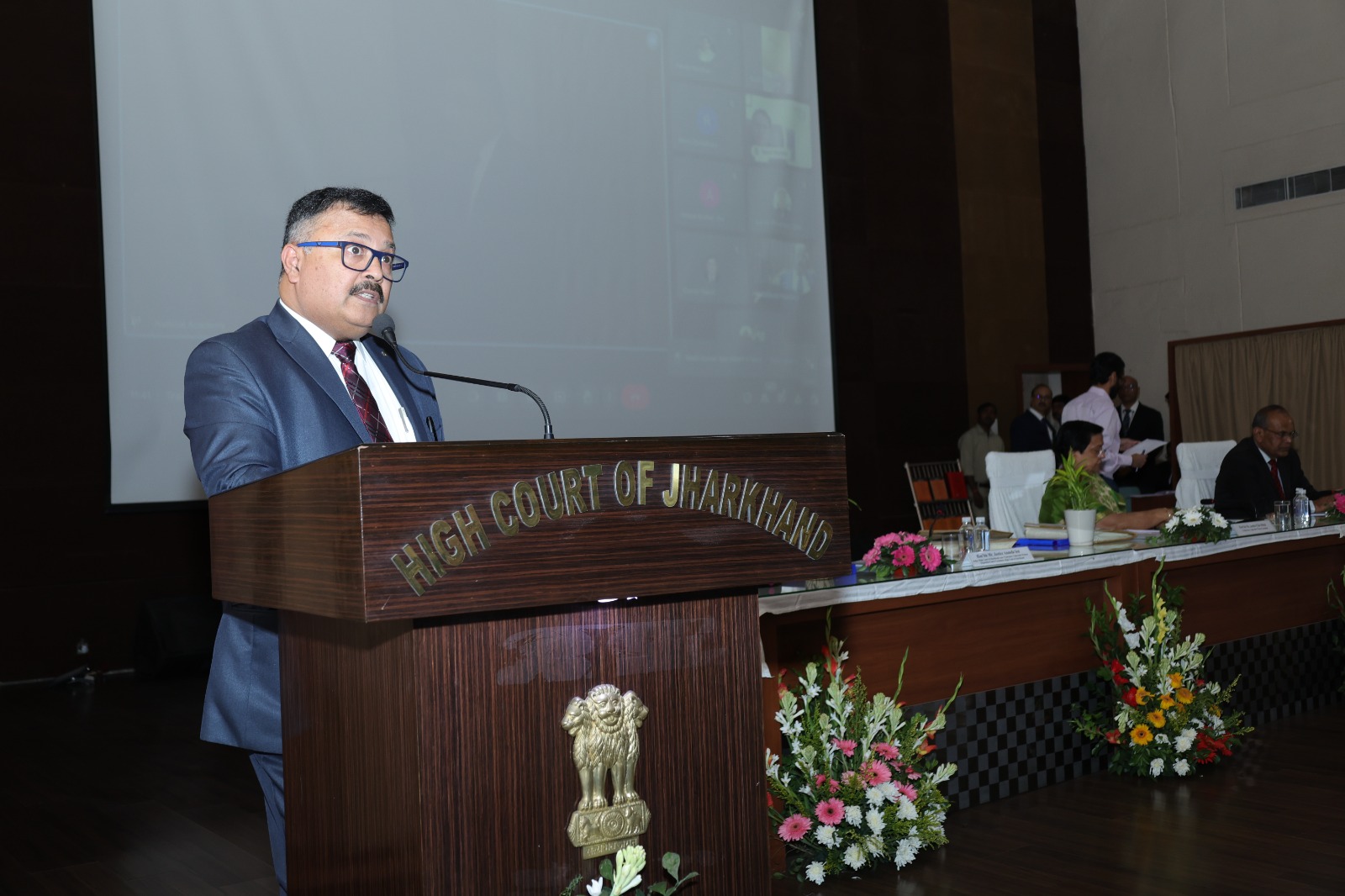Justice M Sundar said that 'interim' relief and 'urgent interim' relief are distinct and one cannot escape pre-litigation mediation unless a case for the latter is proved.
The court was hearing a civil suit filed by an audio visual equipment supplying company seeking that the defendant be directed to pay it a sum of around Rs. 6.3 crore as per a financial agreement between them in 2019. The plaintiff had financed the purchase of equipments such as Projectors, Speakers for cinema theatre and the defendant was to repay the financed amount.
The court had sought clarification from plaintiffs with respect to the fulfilment of requirements under Section 12A of the Commercial Courts Act in light of the recent judgement of Supreme Court in
Patil Automation case which said that commercial suits
which are filed without pre-institution mediation in absence of any urgent interim relief are liable to be rejected at the threshold under Order VII Rule 11 of CPC.In this respect, the plaintiff's case was two fold. Firstly, it was contended that the plaintiff was exempted from the Patil Automobile case as the suit was instituted before the judgment. Secondly, it was contended that an urgent interim relief was sought in this matter and thus they are exempted from such mediation.
The court rejected both the arguments. It noted that the plaintiff had merely filed the Leave to Sue application before 20th August 2022 (date of Patil Automation judgment). Further, court looked into the literal meanings of the terms "urgent", "interim" and "relief" and observed that urgent interim relief was one where when a relief for the time being which is temporary or provisional is so imperative that possible wrong or injury will overtake the process of exhausting remedy of pre institution mediation.
The thinking process should be profound and thoughtful, such thinking process should lead the plaintiff to believe that prompt action (not attributable to plaintiff's own doing) is demanded or the matter requires immediate attention and needs to be dealt with immediately and that it is so immediate that time consumed in exhausting the remedy of pre institution mediation that will lead to wrong or injury which the plaintiff in law and equity should not be made to stand and suffer.
The court thus set out certain tests/parameters (illustrative, not exhaustive) to be looked into to see if a relief was an "urgent interim relief":
(a)whether the prayer for interim relief is a product of profound thinking carefully about the possibility of the happening;
(b)whether the matter demands prompt action and that promptitude is of such nature that exhausting the remedy of pre institution mediation without any intervention in the mean time can lead to a irreversible situation, i.e., a situation where one cannot put the clock back;
(c)where the urgency is of plaintiff's own doing, if that be so the plaintiff cannot take advantage of its own doing;
(d)high standard is required to establish the requirement of this prompt action (urgency);
(e)plaintiff should be on fair ground in urging urgency and an interim measure;
(f)actual or apprehended wrong or injury should be so imminent that the plaintiff should be able to satisfy the court that plaintiff should not be made to stand and suffer the same.
In the present case, the court opined that these parameters were not fulfilled. The plaintiff had sent a demand notice in March and had remained dormant for five months. He then approached the court on mere apprehension that the defendant was going to sell his assets. Thus, it was not a fit ground for seeking urgent interim relief as contemplated under the CCA.
The court therefore, rejected the plaint and gave liberty to the plaintiff to approach the court after exhausting pre-institution mediation and settlement under Section 12A of CCA





